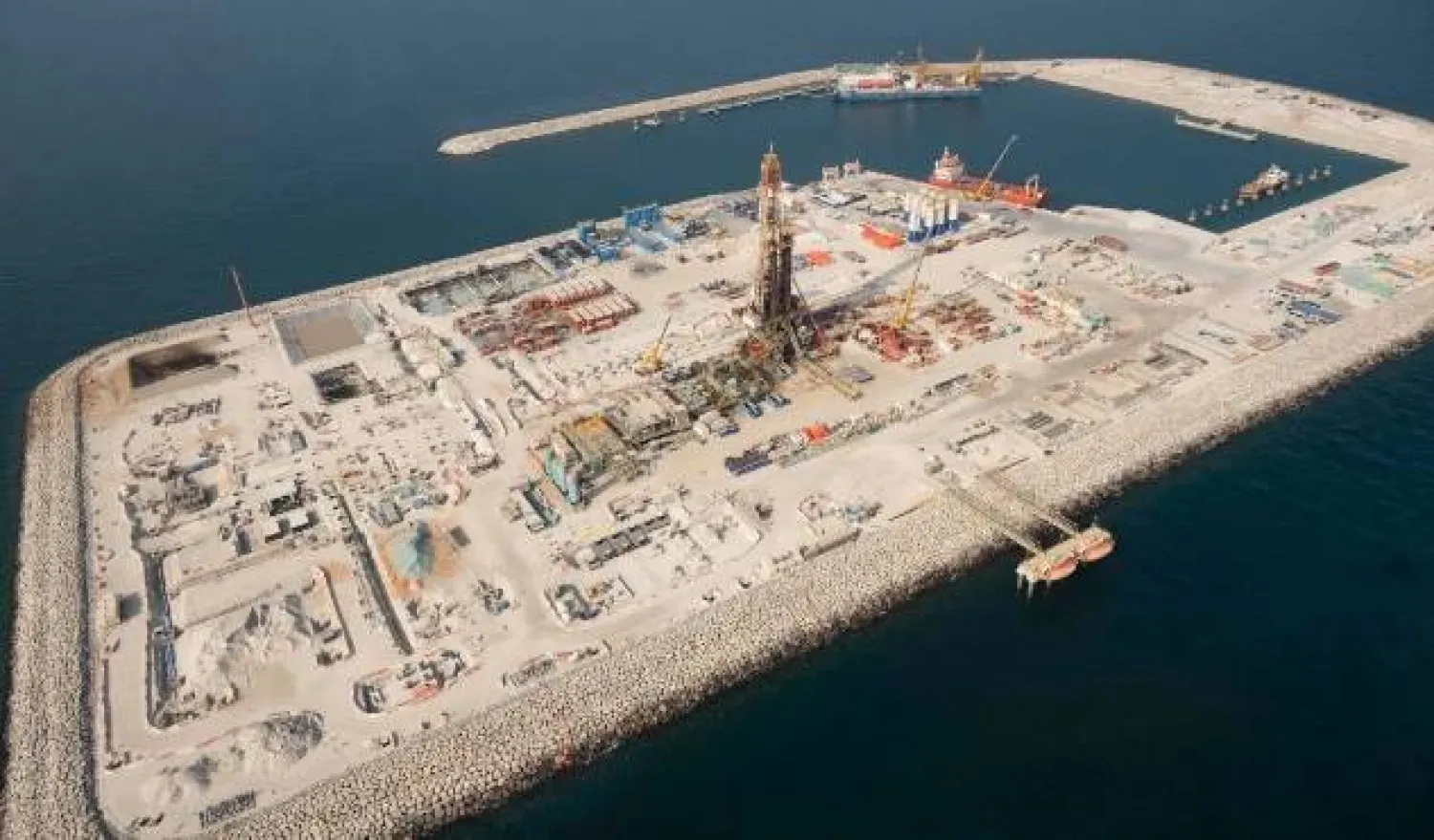Jassem Al-Budaiwi, Secretary-General of the Gulf Cooperation Council (GCC), announced that member states are working together to unify their policies and strategies.
This effort aims to create a practical framework that meets the needs of the GCC population. He highlighted the completion of several key integration projects, especially the railway connection between GCC countries.
Al-Budaiwi spoke at the Global Rail transport infrastructure conference in Abu Dhabi, which brought together leaders and experts in the transport and railway sectors.
He stated that collaboration with the GCC General Secretariat and the Gulf Railway Authority is ongoing to complete the railway project.
He emphasized that the railway initiative will significantly enhance connectivity and integration within the Gulf, leading to immediate benefits for trade and ease of movement for residents.
He shared findings from a study predicting an increase in passenger and freight movement on the GCC railway.
The number of railway passengers is expected to grow from 6 million in 2030 to 8 million by 2045, while freight is projected to rise from 201 million tons to 271 million tons in the same period.
Furthermore, Al-Budaiwi outlined achievements, including the completion of the UAE’s railway link to the Saudi border and preparations for a bridge connecting Bahrain and Saudi Arabia.
He noted that the railway segment between Ras Al-Khair and Dammam in Saudi Arabia, covering about 200 kilometers, has been complete.
Work continues on remaining project segments and the creation of Hafeet Railways, a partnership between Etihad Rail and Oman Rail, to link Abu Dhabi, the UAE capital, and Sohar, in Oman.
In addition, the design for the first phase of the project in Qatar are complete, and an engineering consultancy agreement for Kuwait’s railway is expected this year.
Plans to connect project routes at the borders between GCC countries are in progress, with 13 technical appendices approved. A competition for the project’s operational plan is underway, and preparations are being made for an asset management system.
Al-Budaiwi explained that the decision by GCC leaders considers both social and economic benefits.
These include improved trade between member states, job creation for GCC citizens, reduced road maintenance costs, stronger community ties, fewer traffic accidents and fatalities, and lower private vehicle use, leading to less fuel consumption and environmental impact.
The strategic railway project is expected to start operations in 2030, he revealed.









